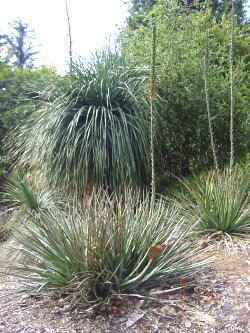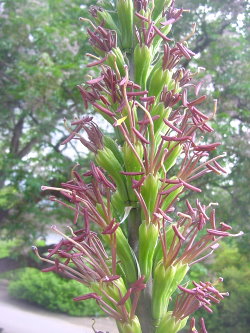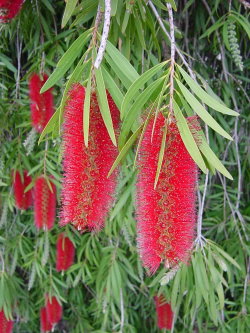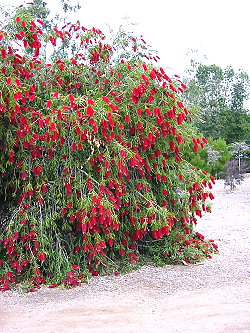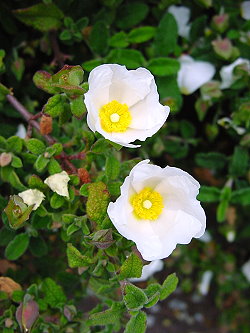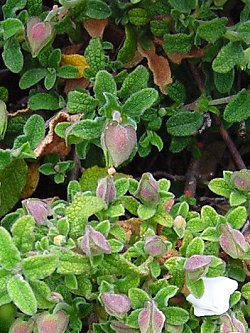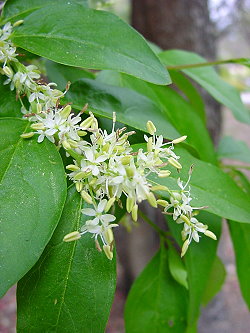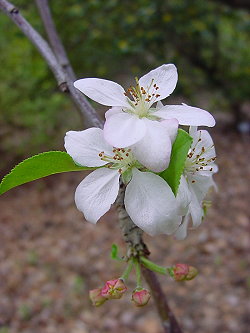Arboretum
April 2008
I have had a wonderful time visiting the Arboretum on a weekly basis, something that has allowed me to get to know every road, trail, corner, garden, pond and greenhouse, and it has been especially interesting to observe how the Arboretum has reacted to the punches thrown at it by Mother Nature. Perhaps I'll come back in years to come to enjoy and photograph new species, but for the time being this is the end of this gallery. I hope that those who have viewed these pages will appreciate the tremendous work done by the Arboretum staff in sometimes very difficult conditions, and will be inspired to spend time there as I have. |
|
|
|
Agave stricta
Hedgehog agave, Rabo de leon Agavaceae (Agave family) Mexico |
|
|
Callistemon 'Harkness'
Bottlebrush Myrtaceae (Myrtle) Hort. |
|
|
Cistus salviifolius Sage leaf rockrose Cistaceae (Rockrose family) Southern Europe |
|
|
Fontanesia fortunei Fortune's fontanesia Oleaceae (Olive family) China |
Malus floribunda Japanese crabapple Rosaceae (Rose family) Japan |
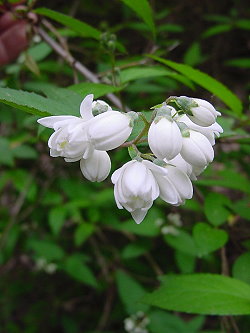 |
| Deutzia X magnifica "Formosa" No common name recorded Hydrangeaceae (Hydrangea family) Hort. |
|
|
|
Archives
Plant List
Unidentifieds
Family Descriptions
References
Links
Los Angeles County Arboretum Home Page
© M.L. Charters, Sierra Madre, CA. 2006-2007
Home Page
